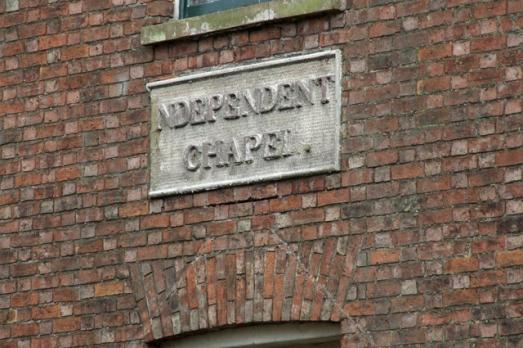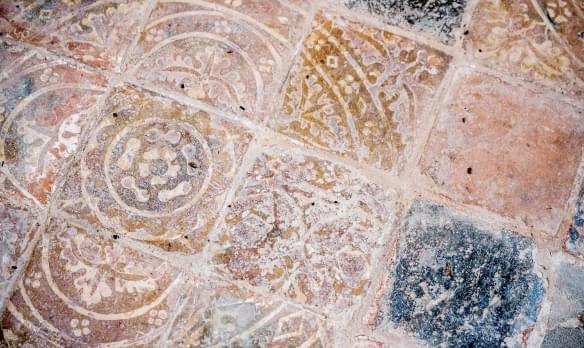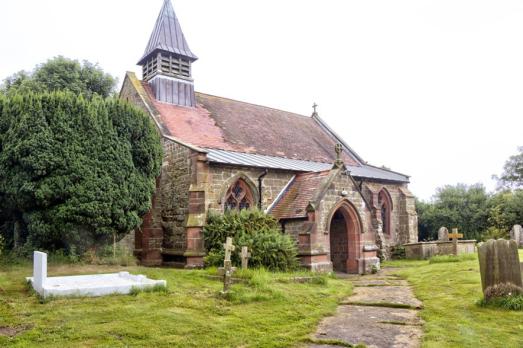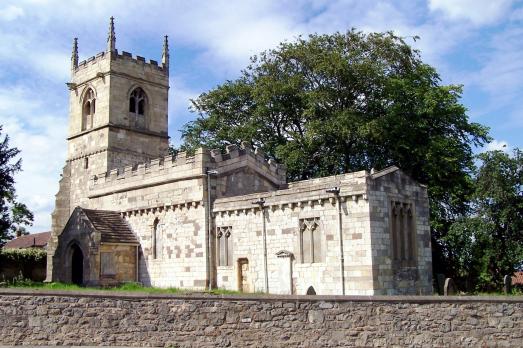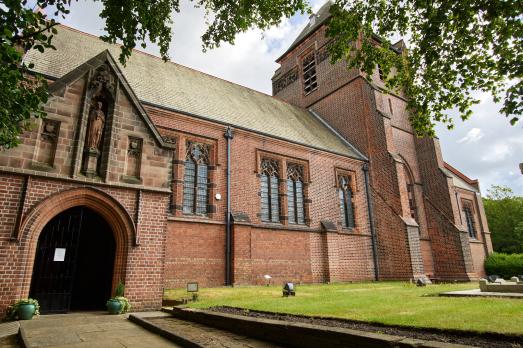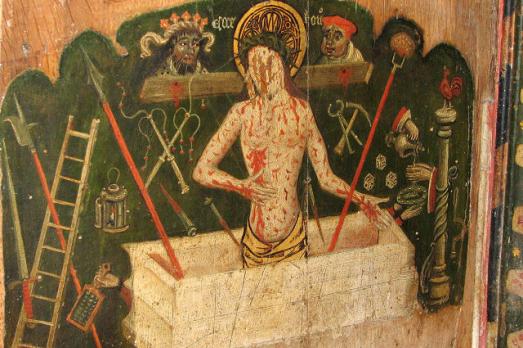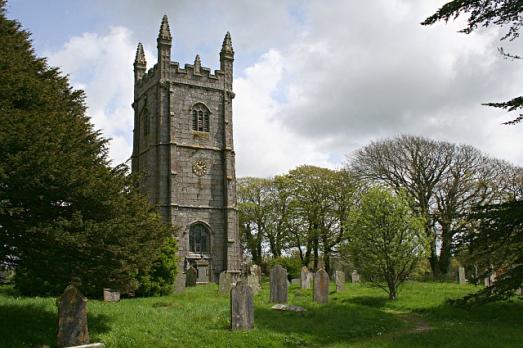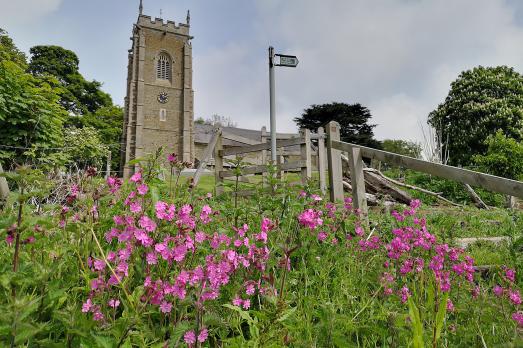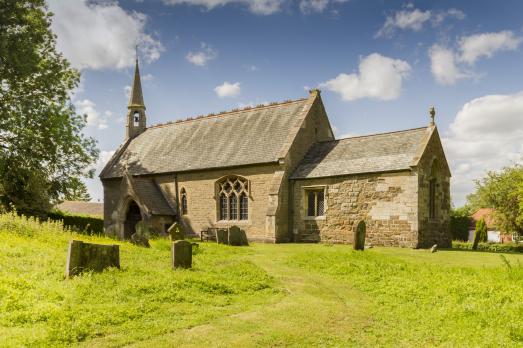
St Andrew
Minting, Lincolnshire | LN9 5RS
In the 1930s Arthur Mee realised that there were very few communities that had not suffered military fatalities in the First World War. He coined the term ‘Thankful villages’ to describe them and Minting is one such village.

